Automaker Whistleblower Protection Act Rewards Do-gooders, But There's A Catch

Buried deep within the recently passed highway transportation funding act is a provision to incentivize whistleblowers to speak out against automakers who design serious safety flaws in the cars that they make.
The Motor Vehicle Safety Whistleblower Act, passed in Congress earlier this year and signed into law by President Barack Obama this month as part of a larger highway transportation funding bill, is the first federal attempt at preventing catastrophic defects such as the ignition switch installed into General Motors cars that killed 124 people. This year, General Motors settled with victims and families for more than $600 million and paid federal regulators more than $900 million in fines.
The bill’s language specifically targets defects such as GM’s ignition switches, but could leave helpless whistleblowers in cases like Volkswagen’s or examples such as Ralph Nader’s outcry as part of his groundbreaking book “Unsafe At Any Speed.”
Sponsors in the Senate lauded the bill’s passage and said it could reduce the chances for further defects.
“After years of not having a multi-year transportation bill, this legislation offered an opportunity to address some safety concerns and recall problems that have been the subject of congressional oversight. I’m particularly pleased the legislation creates incentives for auto-industry whistleblowers to bring safety problems forward so that there’s a tool to quickly fix safety defects and prevent deadly accidents and injuries instead of just responding to safety violations after the fact,” Republican Sen. John Thune, who co-sponsored the whistleblower safety act, said in a statement.
Democratic Sen. Bill Nelson, who co-sponsored the bill with Sen. Thune, said the bill would bring from the shadows engineers who worked within the automobile industry.
“We’ve learned from recent events that the auto industry was not forthcoming about defective products or risks to consumers,” said Nelson. “This bill would reward insiders who become whistleblowers.”
But as part of that bill’s language, protection would only apply to auto-industry employees who speak out and would reward them with up to 30 percent of any monetary sanctions against an automaker. (For a case like GM’s, presumably that amount would be anywhere between $90 million and $270 million.)
The whistleblower protections and incentives mimic similar legislation passed for the financial industry after the recession.
However, the bill’s language doesn’t apply to whistleblowers who would speak out in a case like Volkswagen’s current diesel crisis. According to a spokesman for the Senate’s Commerce committee, the legislation only pertains to safety-related issues — environmental or emissions concerns would be separate legislation. The U.S. Senate Environmental and Public Works Committee is not considering legislation to reward or protect environmental whistleblowers.
A spokesman for the Alliance of Automobile Manufacturers, the largest lobby group for automakers in Washington DC, said the group didn’t have a position on the bill.

More by Aaron Cole
Latest Car Reviews
Read moreLatest Product Reviews
Read moreRecent Comments
- 28-Cars-Later $12K? I needed a good laugh.
- EBFlex Wait...the feds are claiming that inflation was not FJBs fault 6 months prior to an election where he is massively losing in the polls in every single category?Eyebrow raised.
- MaintenanceCosts Most of the article after the blockquote is Posky laboring mightily to somehow blame this clearly anticompetitive and oligopolistic conduct on the big bad government.I look forward to some of the usual commenters explaining to us that, actually, the oil industry is a cuddly teddy bear and the real villain is people trying to sell us cars that don't use oil.
- Bd2 A modest price bump for one of the better if not the best vehicle in it's class. And it's a very good deal still considering the Front wheel drive competition over at Lexus to name one. These Genesis vehicles are more like BMWs of the 90s but with better styling.
- Dave M. What???? Big business taking advantage of us? I thought it was all Biden's fault!?!

















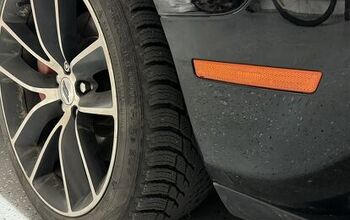
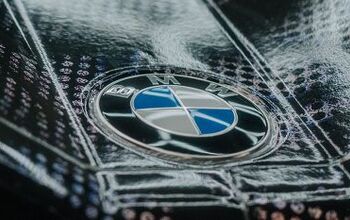
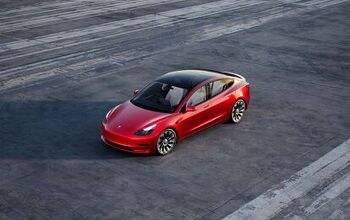
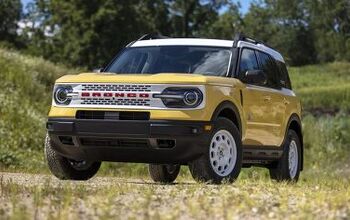
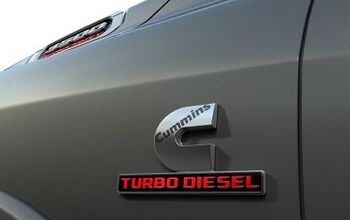

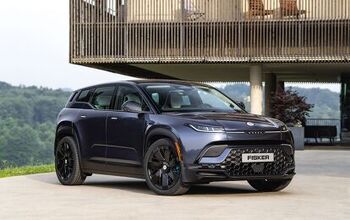
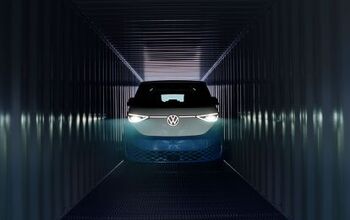
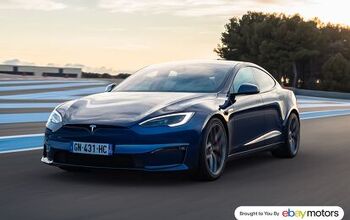
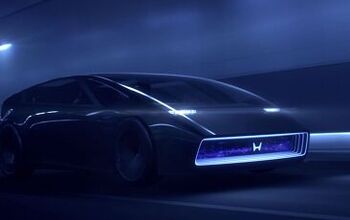
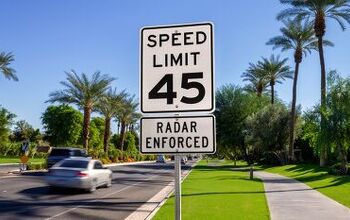
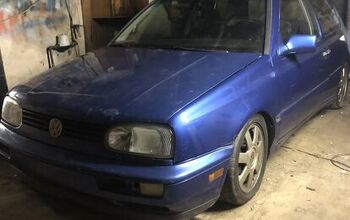
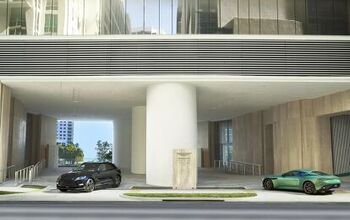
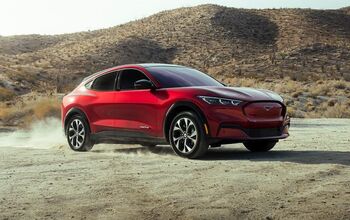

Comments
Join the conversation
Nader wounded the Corvair,but flimsy construction, dreadful brakes, and a dead-end engine design nailed the lid on its coffin, even after major suspension upgrades made the handling a real hoot. My 1961 coupe had an added front sway bar and rear transverse leaf spring that cleaned up the worst of its oversteer, but it was hard to excuse the way the oil pan screws had to be tightened every few days, along with dealers' uncaring service and support attitudes. Today's new cars are loaded with safety electro-nannies that can bail out a host of incompetent drivers, but there is still no reliable defense against DUI and plain old-fashioned stupidity. Consumers do have a right to expect products that perform as advertised -- not just pie-in-sky EPA numbers and needlessly complex touch panels that dazzle rather than assist.
What are the standards that determine whether a vehicle is "appropriately safe" and what are the standards that determine whether a vehicle, once deemed "not appropriately safe", got that way through malfeasance or commercial pressures? If you manufacture a vehicle with 10 air bags, which meets the current regulatory standards, and your competitor uses 15 air bags, but you didn't because of cost or styling concerns, will you be subject to prosecution by any "whistleblower" who decides to come forward and gouge you? And this leaves aside things like the GM fiasco where drunk, high, or otherwise incapacitated people drove cars off the road at high speed, and when in the chaos of the ensuing collision the ignition switch turned off and the air bags didn't inflate, the whole thing is blamed on the ignition switch. I foresee lots more lawsuits coming, few if any of which will result in any actual improvement in automobiles.